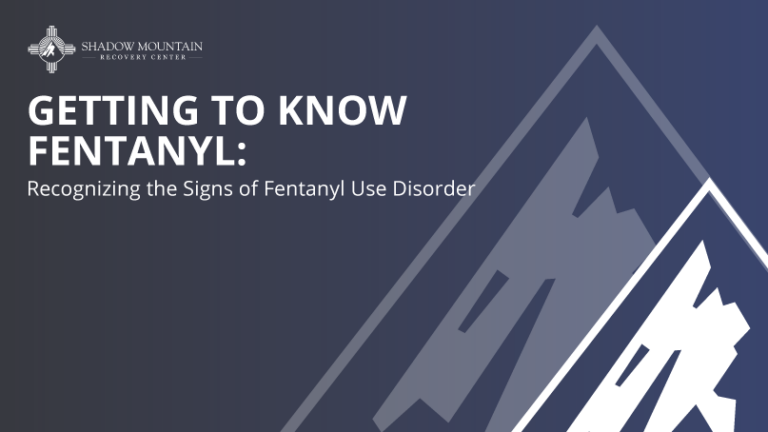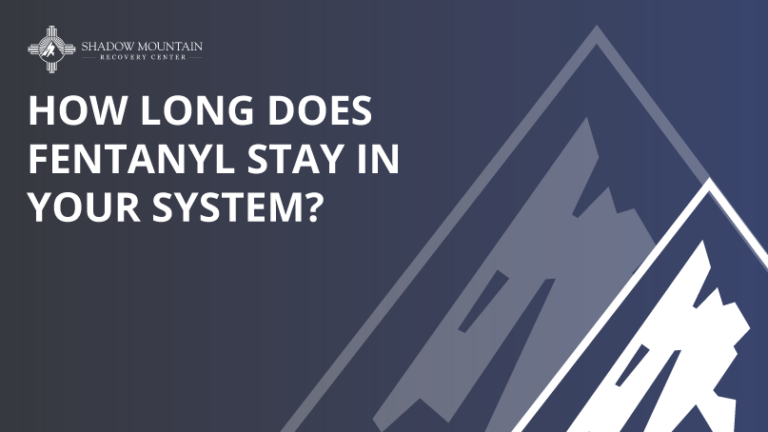Fentanyl Side Effects
The side effects of fentanyl use make it one of the most addictive and deadly drugs on the market. Fentanyl is a highly addictive synthetic opioid that is 50 times more potent than heroin and 100 times more potent than morphine. The effects of fentanyl use are wide-ranging, affecting the body and mind. Understanding the effects of fentanyl can not only help to know why fentanyl affects people the way it does but also help identify fentanyl use disorders and get people the fentanyl addiction treatment they need.
Fentanyl: Pharmaceutical and Illicit Use
Fentanyl was designed with the medical community in mind and is still used by medical professionals as a painkiller. Hospitals today use fentanyl to treat pain from cancer, major surgeries, and serious injuries. That said, most fentanyl use is outside hospital walls. On the illicit drug market, fentanyl is inexpensive to produce, highly addictive, and mixes with other drugs to increase their potency and make the product last longer. Whether pharmaceutical or sourced from the streets, fentanyl is a powerful drug with severe side effects.
Fentanyl Side Effects
The side effects of fentanyl range from short-term to long-term and can vary with the amount of fentanyl used and how long a person has been using it. When identifying fentanyl use disorders, there are several common side effects to keep an eye out for, as well as some rarer effects that only affect a small portion of fentanyl users.
Common Side Effects
Some of the common side effects of fentanyl, and all opioids, are:
- Drowsiness
- Fatigue
- Confusion
- Relaxation
- Slow Breathing
- Flushed Skin
- Slurred Speech
- Nausea
- Physical Weakness
- Unconsciousness
Fentanyl affects each person differently; both in use and withdrawal. While most people experience a combination of the common side effects, there are some rare side effects of fentanyl use.
Rare Side Effects
Some of the rarer side effects of fentanyl are:
- Anxiety
- Low Blood Pressure
- Chest Pain
- Unresponsiveness
- Coughing Up Blood
- Stinging or Itching Skin
- Bloating
- Kidney Damage

Long-Term Side Effects
Long-term fentanyl use exacerbates many of the side effects of fentanyl use. Some of the long-term side effects are:
Long-Term Mental Effects:
- Depression
- Anxiety
- Motor Control Issues
Long-Term Physical Effects
- Constipation
- Painful Urination
- Sleep Disturbances
- Sexual Dysfunction
- Dental Damage
- Kidney Damage
Short-Term Side Effects
Short-Term Mental Effects:
- Losing Consciousness
- Confusion
- Mood Changes
- Irritability
- Trouble Concentrating
Short-Term Physical Effects:
- Nausea
- Slowed Breathing
- Slurred Speech
- Pin-Point Pupils
- Slow Heart Rate
The effects of fentanyl are immediate upon first use, and often only intensify with continued exposure to the drug. What symptoms develop and how severe they present differs from person to person and are important to take seriously. Some of the more rare effects can be indicators of overdose and precursors to death.
Fentanyl Overdose
Because fentanyl is highly potent and affects the body so severely, the risks for fentanyl overdose are incredibly high compared to other illicit substances. When a person overdoses on fentanyl, they will show extreme drowsiness, slurred speech, slowed breathing, and unresponsiveness.
The symptoms of overdose will be similar to the most severe side effects of fentanyl use. If a person seems to be overdosing on fentanyl, it is vital to seek help immediately.
Treatment for Fentanyl Addiction
Coping with the side effects of fentanyl can be challenging because the only true way to rid yourself of these side effects is to stop using fentanyl altogether. Treating the side effects of fentanyl use can be a difficult and often unsuccessful pursuit. Getting treatment for fentanyl addiction is the best way to treat fentanyl side effects and fentanyl use disorder.
We at Shadow Mountain Recovery offer top-of-the-line treatment programming for fentanyl use disorder. We believe that instead of masking the side effects, it is best to tackle the addiction head-on and work alongside our patients to ensure a healthy and lasting recovery. If you or somebody you know is showing the side effects of fentanyl use, or you know that they have a fentanyl use disorder, we want to help. To speak to one of our expert staff, call us today at 855-596-0196.
FAQs About the Side Effects of Fentanyl
What are the most common side effects of fentanyl use?
Some of the most common side effects of fentanyl use are relaxation, euphoria, drowsiness, and mental impairment.
How long does fentanyl take to affect the body?
The side effects of fentanyl kick in anywhere from 30 minutes to an hour.
How do you treat the side effects of fentanyl?
The best way to treat the side effects of fentanyl is to get treatment for fentanyl use disorder. Without treatment, symptoms are likely to persist and intensify with time.
[tcb-script type=”application/ld+json”]{ “@context”: “https://schema.org”, “@type”: “FAQPage”, “mainEntity”: [{ “@type”: “Question”, “name”: “What are the most common side effects of fentanyl use?”, “acceptedAnswer”: { “@type”: “Answer”, “text”: “Some of the most common side effects of fentanyl use are relaxation, euphoria, drowsiness, and mental impairment.” } },{ “@type”: “Question”, “name”: “How long does fentanyl take to affect the body?”, “acceptedAnswer”: { “@type”: “Answer”, “text”: “The side effects of fentanyl kick in anywhere from 30 minutes to an hour.” } },{ “@type”: “Question”, “name”: “How do you treat the side effects of fentanyl?”, “acceptedAnswer”: { “@type”: “Answer”, “text”: “The best way to treat the side effects of fentanyl is to get treatment for fentanyl use disorder. Without treatment, symptoms are likely to persist and intensify with time.” } }]}[/tcb-script]









